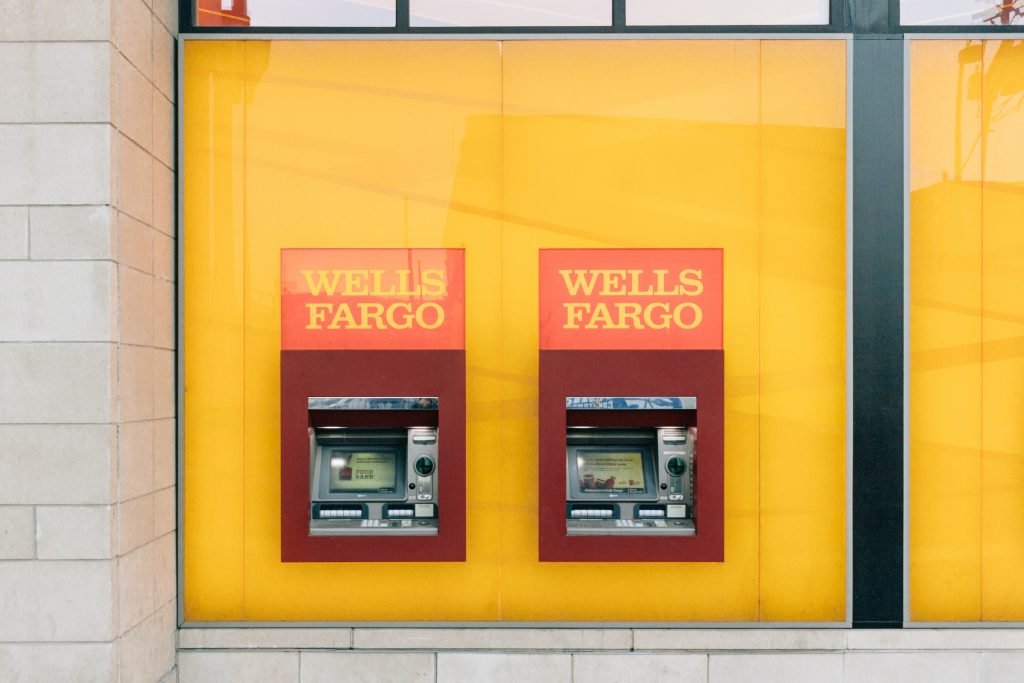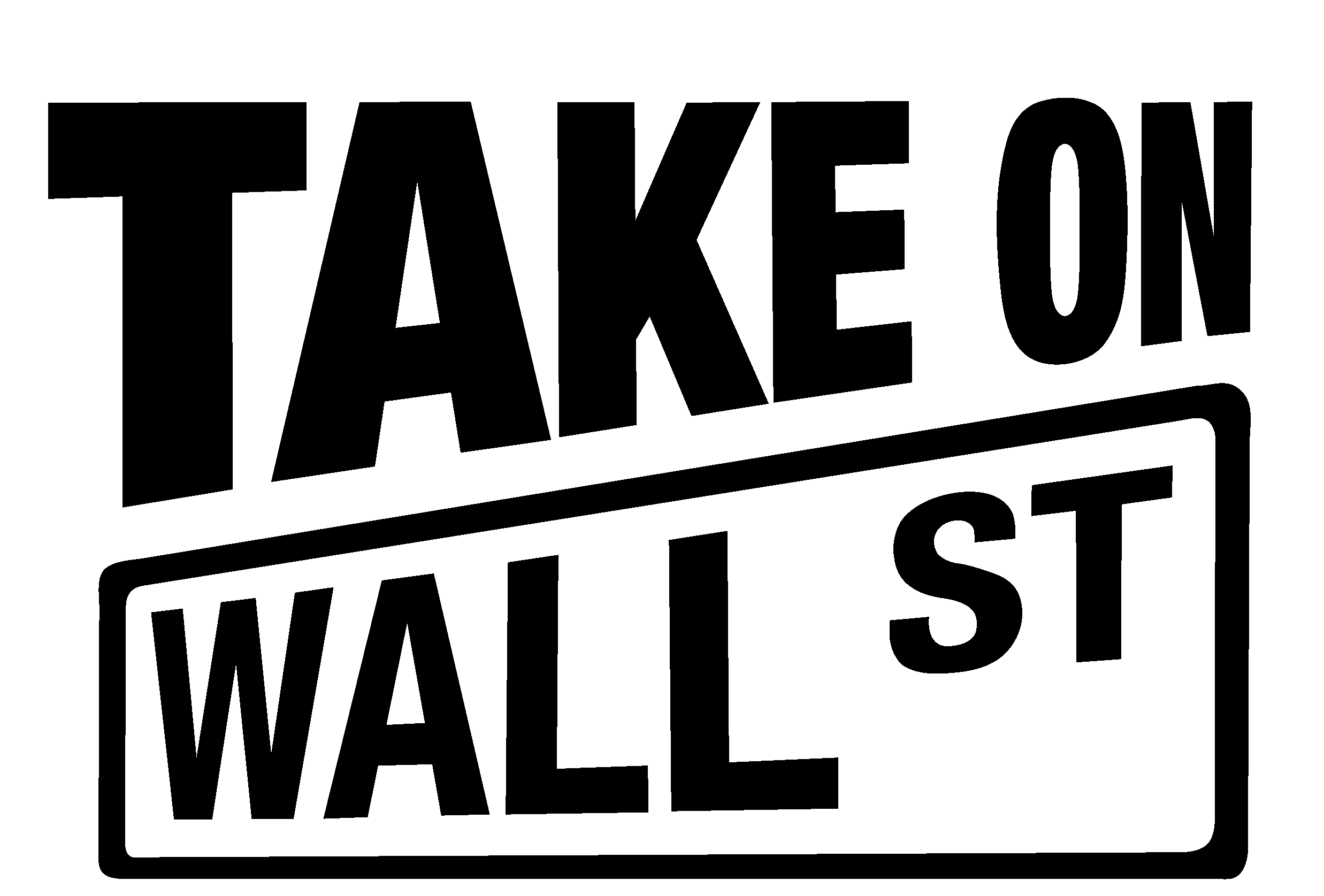
Authored by Nick Weiner, Senior Campaign Lead, Committee for Better Banks, Communications Workers of America
The recent string of bank failures set off by the run on Silicon Valley Bank was a stark reminder of the unique role the banking industry plays in our economy. One bank failure can cause a domino effect, threatening small businesses, home borrowers and even Broadway productions.
No other industry can cause similar panic, which is why banks are more tightly regulated than virtually any other industry. The FDIC is responsible for insuring individuals’ deposits and can put a failing bank in receivership to ensure that businesses who use treasury management services can pay their employees on time.
Regulators dispatch thousands of examiners to scrutinize every bank’s capital reserves, asset quality, management, earnings, liquidity, and sensitivity to market risks (known as the CAMELS ratings system). But even with all this oversight, vulnerable banks can slip through the cracks, creating a contagion that could infect our entire economy.
How can we improve oversight of our banking system to avoid future crises? Largely forgotten in policy discussions is the potential role of non-management bank workers who live paycheck to paycheck, oftentimes earning $18 to $22 an hour, and take pride in assisting customers directly with their financial needs.
In addition to keeping banks up and running, most bank workers are also customers of the banks where they work, so they have a vested interest in their financial institution’s long-term stability and soundness. When a bank fails, not only are their jobs at risk, but bank workers could also lose their personal investments. Bank workers will also be the last to participate in a run on their bank since it would threaten their own jobs. Caught in this dilemma, bank workers are hit with a double whammy when a bank fails: both their livelihoods and their savings are at risk.
Although regulators took Herculean measures literally overnight to save depositors of Silicon Valley Bank, Signature Bank, Silver Gate and First Republic Bank; at least 2,000 workers still lost their jobs in the process. Pouring salt on their wounds, many workers were not only unceremoniously laid off through scripted video calls, but they were also required to take temporary positions in order to receive their severance. Then, they were haunted with the association of a bank failure they had no fault in as they searched for a new job.
Workers at other financial institutions were paying close attention to these bank failures. When the CEOs of the 11 largest banks stepped in to announce a plan to deposit $30 billion in unsecured deposits to stabilize First Republic Bank’s balance sheet to stave off its collapse, the thousands of Wells Fargo workers who have been organizing to form a union through CWA’s Committee for Better Banks campaign took note. They have been trying to get executives’ attention over understaffing, unbearable workloads, inadequate pay, discrimination, and flexible work schedules for years to no avail. But when another bank CEO needed $5 billion, Wells Fargo handed it over in a weekend.
Five billion dollars could fund an annual $10,000 raise for the next five years for the roughly 96,000 Wells Fargo workers who earn between $37,440 and $73,578 annually (which was the bank’s median salary in 2022). Instead, Wells Fargo has laid off over 500 workers in the same time frame, not to mention leaving hundreds of branch teller and banker positions unfilled, causing customers to wait in longer lines, often becoming irate while trying to get an urgent issue like fraud addressed (ask any bank teller or personal banker; many people still frequent brick and mortar branches).
Bank workers eagerly want to be the eyes and ears to improve the safety and soundness of our financial system. In most other countries, bank workers already have a seat at the table because they have collective bargaining rights and routinely consult regulators and policy makers. We have an opportunity to use existing tools to empower bank workers in this country so they can sound the alarm before the next bank fails.
Bank examiners can do plenty to enlist bank workers as early warning systems. They could include labor conditions and worker voice protections as indicators of management quality and future risk. They could consult workers directly as a check to verify information provided by management, and require workers and management to participate in labor-rights training. Just imagine if Wells Fargo workers had a union prior to 2016. Millions of fake customer accounts would not have been created, because workers would never have accepted “eight is great” product sales as a condition in their union contract. They would have been able to use their “just cause” rights delineated in their contract’s grievance procedure to stand up to the abusive managers that were inappropriately pressuring employees to meet unattainable sales goals.
Without recognizing the important relationship between working conditions, freedom of association and management competency, recent indications of violations to federal labor law show signs of ongoing risk to management quality, especially for repeat offenders like Wells Fargo. It’s past time for policy makers and regulators to incorporate robust indicators into the CAMELS examination process while using Matters Requiring Attention and Consent Orders to alert management of problems and impose remedies that would address systemic risk.
As Wells Fargo workers continue their high profile campaign demanding an opportunity to organize without interference or fear of retaliation, it is critical for regulators to require that banks implement policies that actively avoid the risk of labor law violations. Elevating bank workers’ roles and rights is just as important to maintaining the safety and soundness of our financial system and preventing the next bank failure as requiring sufficient capital reserves. Put simply, enlisting bank workers makes the economy safer for all of us.

Leave a Reply